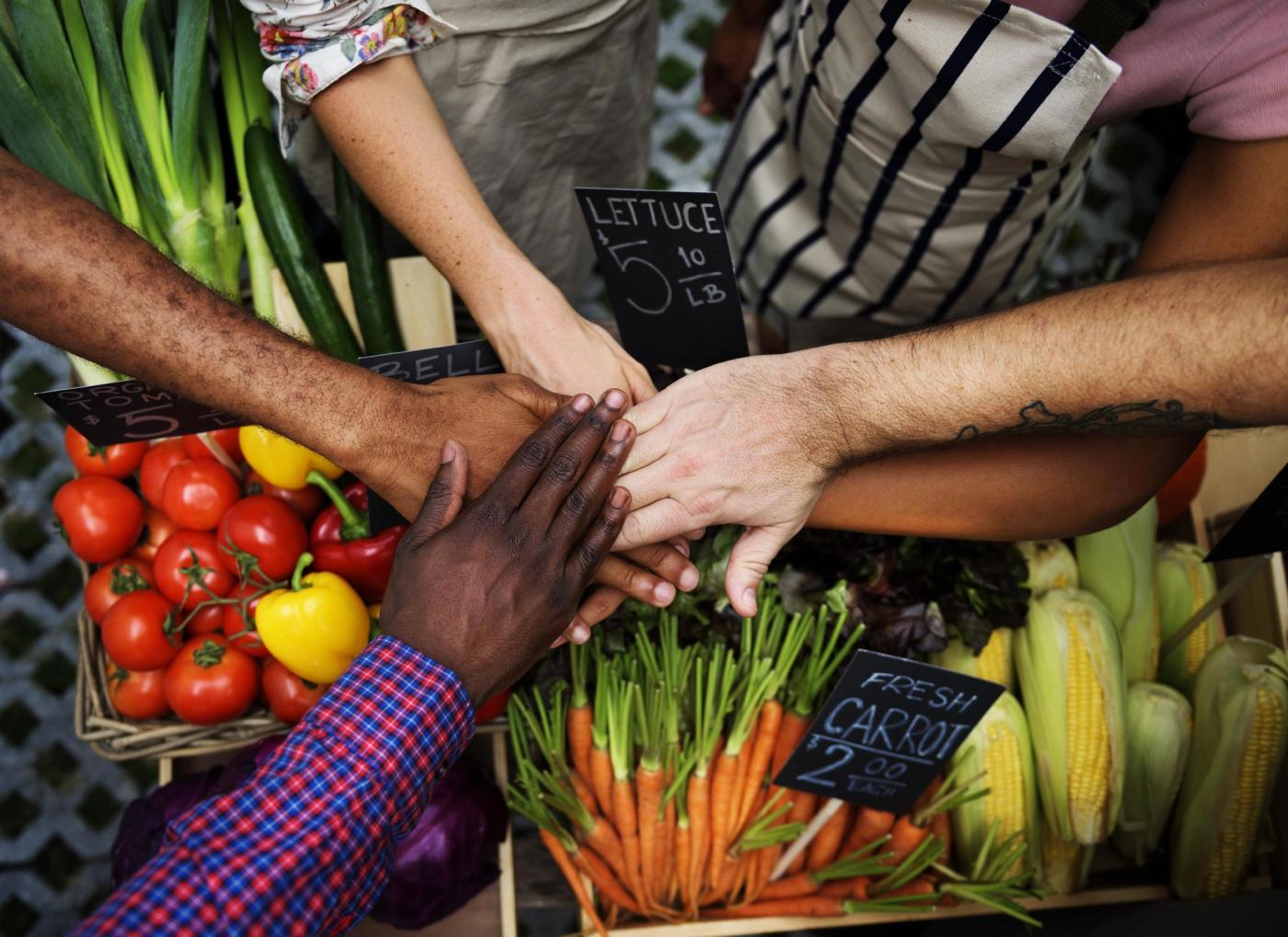New York City

Participation in the Good Food Purchasing Program by all public New York City institutions could*:
Reduce annual carbon dioxide equivalent emissions by 202 million pounds
City agencies have implemented Meatless Mondays and committed to reducing overall beef purchases to achieve carbon neutrality.
Reduce chronic disease risk by 1.48% equivalent to $1.59 million in annual healthcare savings
New York City’s efforts to improve community health include offering more fruits and vegetables and reducing ultra-processed foods citywide.
Maintain transparency in food purchasing
Participating city agencies publish their purchasing data, assessments, and action plans to foster public engagement and accountable implementation of the Good Food Purchasing Program.
*Impacts are calculated based on estimated annual regional food spend. These are the estimated impacts of replacing 30% of current purchases of conventionally produced meat and eggs with an equal amount of plant proteins and increasing 30% of current purchases of fruits and vegetables, without changing total food spend. For additional detail, download the methodology.

"New York City agencies cumulatively serve an impressive 230 million+ meals annually. Leveraging this power is complicated, but can transform the region’s food economies and radically increase Black, Indigenous, and people of color owned business viability. New York State’s restrictive procurement law is a critical barrier to our work to adopt the Good Food Purchasing Program in the City. We are positioning to directly transform statewide food procurement practices to encompass the interests of diverse communities, our environment, and animals. Transforming the food system is aspirational, but it is possible. Shifting to a values-based food procurement paradigm is our only option."
 Ribka Getachew - Director of the NYC Good Food Purchasing Program Campaign, Community Food Advocates
Ribka Getachew - Director of the NYC Good Food Purchasing Program Campaign, Community Food AdvocatesSee how other cities are making a difference.